-

A Reverse Look at Product Claims
Wondering why you can’t say more about what your product will DO? Let’s take a look at what the FDA has to deal with. Viagra in honey? Yep.
-

For Comparison – Turkey
Ever wondered what the cosmetic regulations are in a country outside the US, Canada and the EU? Let’s take a look at Turkey.
-

Public Opinion on Cosmetic Safety
As part of a course I’m doing, I asked about 40 random people, “Do you think cosmetics are safer now than they were 25 years ago?” YIKES was I surprised by the answers!
-
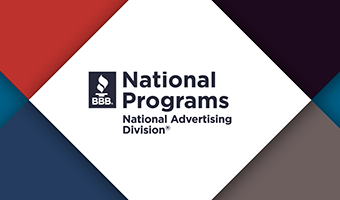
BBB National Programs – Advertising
Did you know the Better Business Bureau has National Programs? Of particular note are the Advertising Initiatives, which provide a forum for “promoting truthful, transparent, responsible advertising through self-regulation, monitoring, and enforcement.”
-

Cosmetics That Look Like Food
Soap that looks and smells like pie. Bath bombs that look and smell like candy. Fun to do and sell – but is there a legal downside? Turns out, at least the the EU, there is.
-
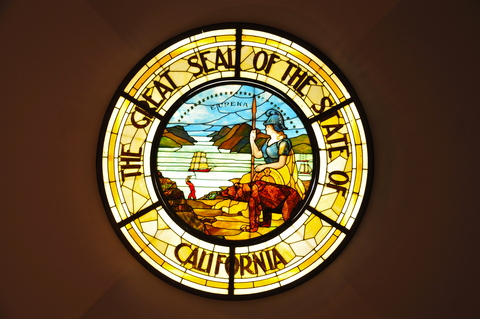
California Legislation – Microplastics
In February 2022, California Assemblymember Bill Quirk introduced Assembly Bill (A.B.) 2787 “Microplastics in Products.” It covers both rinse-off and leave-on cosmetic products.
-
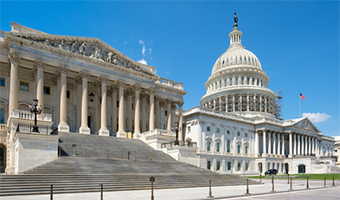
Cosmetic Regulation Update
On May 17, the Senate HELP (Health, Education, Labor, and Pensions) Committee introduced a draft bill which includes changes to the Food Drug and Cosmetic Act regarding cosmetics.
-
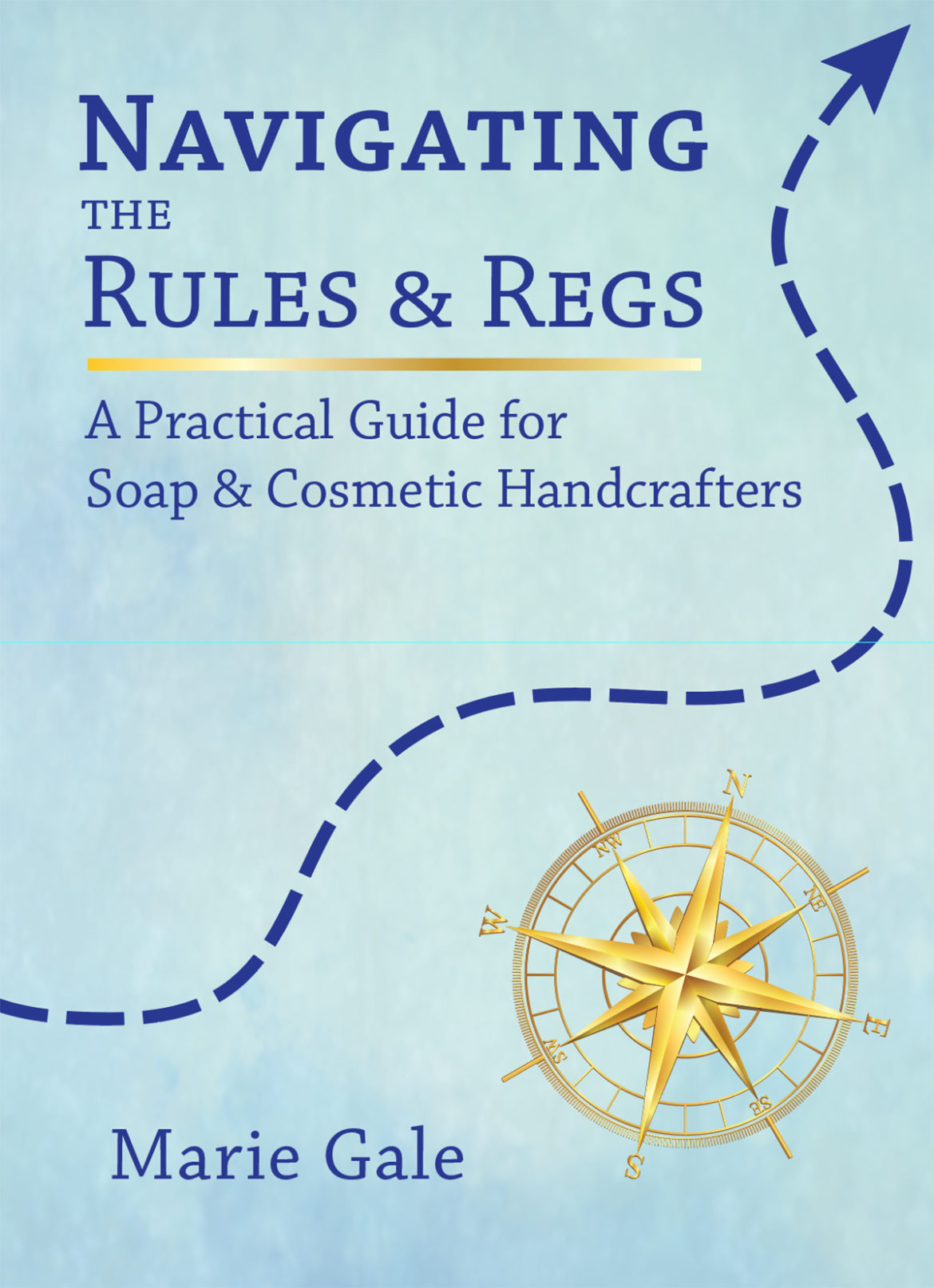
New Book! Navigating the Rules & Regs
New book! Navigating the Rules and Regs is finished and available at Amazon!
-
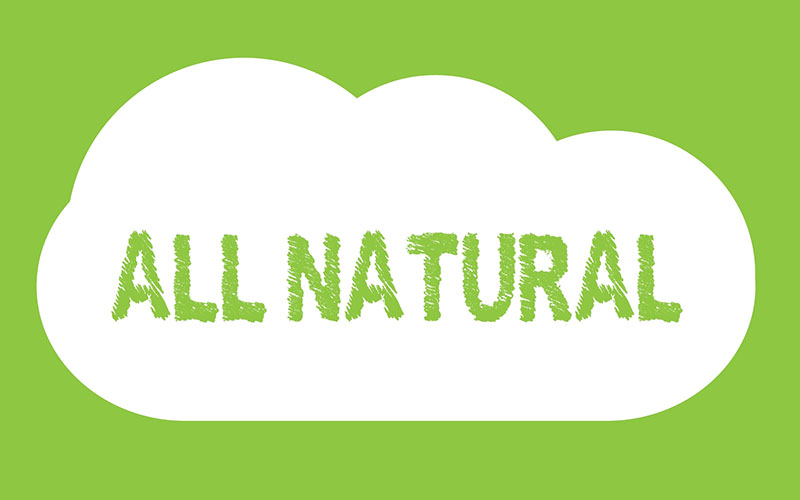
Natural Ingredients and Products
As of now (2022) the FDA has declined to provide a formal regulatory definition of the term “natural” as applied to cosmetics (or food). That said, there are some standards that can guide you concerning when the claim of “natural” is appropriate (that is, not false or deceptive) for a cosmetic product. FDA – Food
-

Parabens in Cosmetic Preservatives
Parabens are a class of preservatives including methylparaben, propylparaben, butylparaben and ethylparaben (and 17 more). These are commonly used preservatives which form the basis of several commercial preservative blends, including Germaben(TM) II and Liquapar(TM). Paraben Safety Parabens have been used in cosmetic (and other) products for over 100 years. However, there have recently been safety
-

Plastic Microbeads
Plastic microbeads are prohibited for use in rinse-off cosmetics. If a rinse-off cosmetic contains plastic microbeads, it is adulterated (and therefore illegal).1 Key Words to Know Pastic Microbead: Any solid plastic particle that is less than 5 millimeters in size and is intended to be used to exfoliate or cleanse the human body or any
-
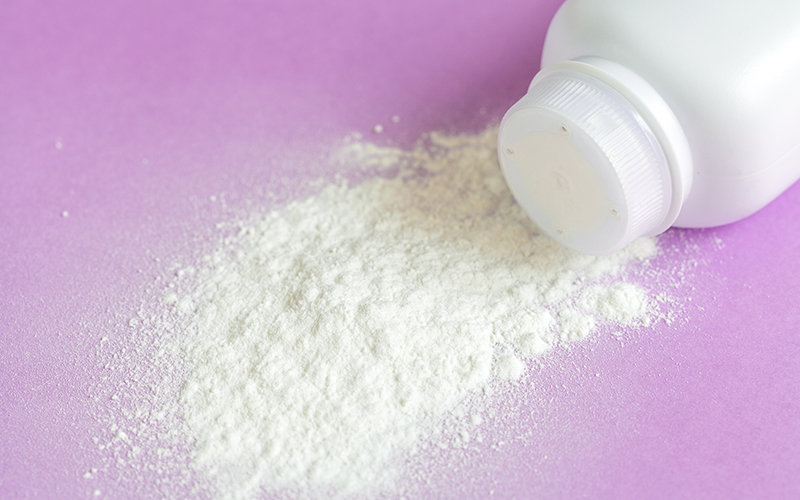
Talc
As an ingredient in cosmetics, talc has been under scrutiny for some years now. I’ve recently done a survey of the current information about talc, and here’s what I found out. Talc was originally used as “talcum powder”—the original body or baby powder. Now it has many uses in cosmetics and other personal care products;
